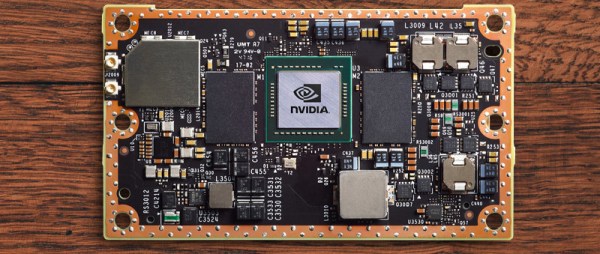Artificial Intelligence is playing an ever increasing role in the lives of civilized nations, though most citizens probably don’t realize it. It’s now commonplace to speak with a computer when calling a business. Facebook is becoming scary accurate at recognizing faces in uploaded photos. Physical interaction with smart phones is becoming a thing of the past… with Apple’s Siri and Google Speech, it’s slowly but surely becoming easier to simply talk to your phone and tell it what to do than typing or touching an icon. Try this if you haven’t before — if you have an Android phone, say “OK Google”, followed by “Lumos”. It’s magic!
Advertisements for products we’re interested in pop up on our social media accounts as if something is reading our minds. Truth is, something is reading our minds… though it’s hard to pin down exactly what that something is. An advertisement might pop up for something that we want, even though we never realized we wanted it until we see it. This is not coincidental, but stems from an AI algorithm.
At the heart of many of these AI applications lies a process known as Deep Learning. There has been a lot of talk about Deep Learning lately, not only here on Hackaday, but all over the interwebs. And like most things related to AI, it can be a bit complicated and difficult to understand without a strong background in computer science.
If you’re familiar with my quantum theory articles, you’ll know that I like to take complicated subjects, strip away the complication the best I can and explain it in a way that anyone can understand. It is the goal of this article to apply a similar approach to this idea of Deep Learning. If neural networks make you cross-eyed and machine learning gives you nightmares, read on. You’ll see that “Deep Learning” sounds like a daunting subject, but is really just a $20 term used to describe something whose underpinnings are relatively simple.


















